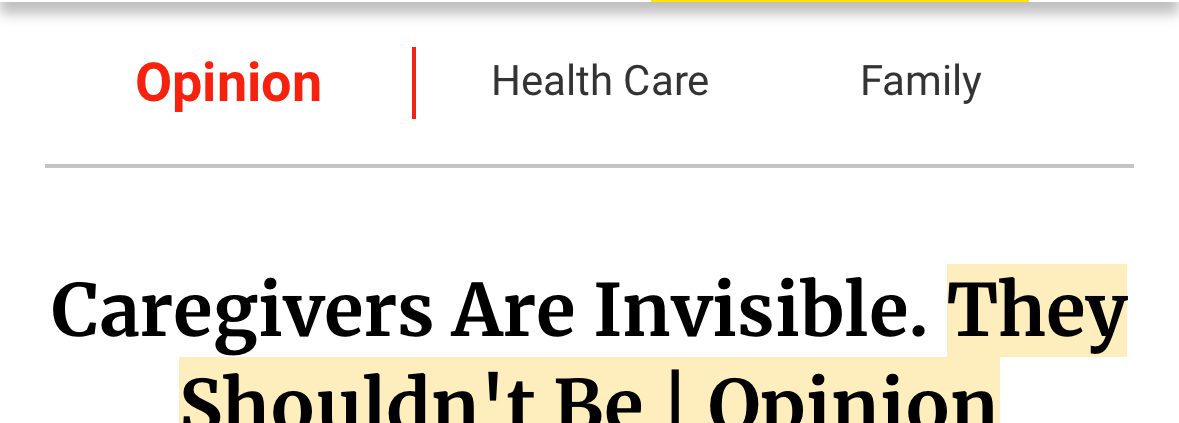Caregivers Are Invisible. They Shouldn’t Be (Newsweek)
Eight years ago, I unexpectedly joined the other 38 million unpaid caregivers in the United States. The AARP estimates that 11.5 percent of the U.S. population are caring for family members in 2023. We are many, and somehow, we are still grossly overlooked and under supported in nearly every way.
My daughter, Eden, now in second grade, was born with a rare genetic deletion—so rare it does not have a name. She lives on a feeding tube, endures various chronic medical challenges, cognitive impairment, severe autism, and requires around-the-clock care. The genetic testing I completed during pregnancy had not indicated any atypical trajectory.
The level of care that Eden, our second child, needed jolted my husband and I into sleepless nights, exhaustion, and ongoing uncertainty about the future. Because of her autism, it is hard for my daughter to go places—even the library generally ends poorly because of her tendency to bop unsuspecting bystanders with her tiny fist or drop to the floor insect style on her back and thrash. Coupled with her medical issues, I have often felt like a shut-in over the past almost-decade since she was born—I have missed countless social gatherings, activities and events for my other child, and even everyday outings like going to the grocery store as a family. Our house looks and runs like a very loving, slightly disorganized hospital, complete with the syringes, nebulizers, and medications to prove it.

